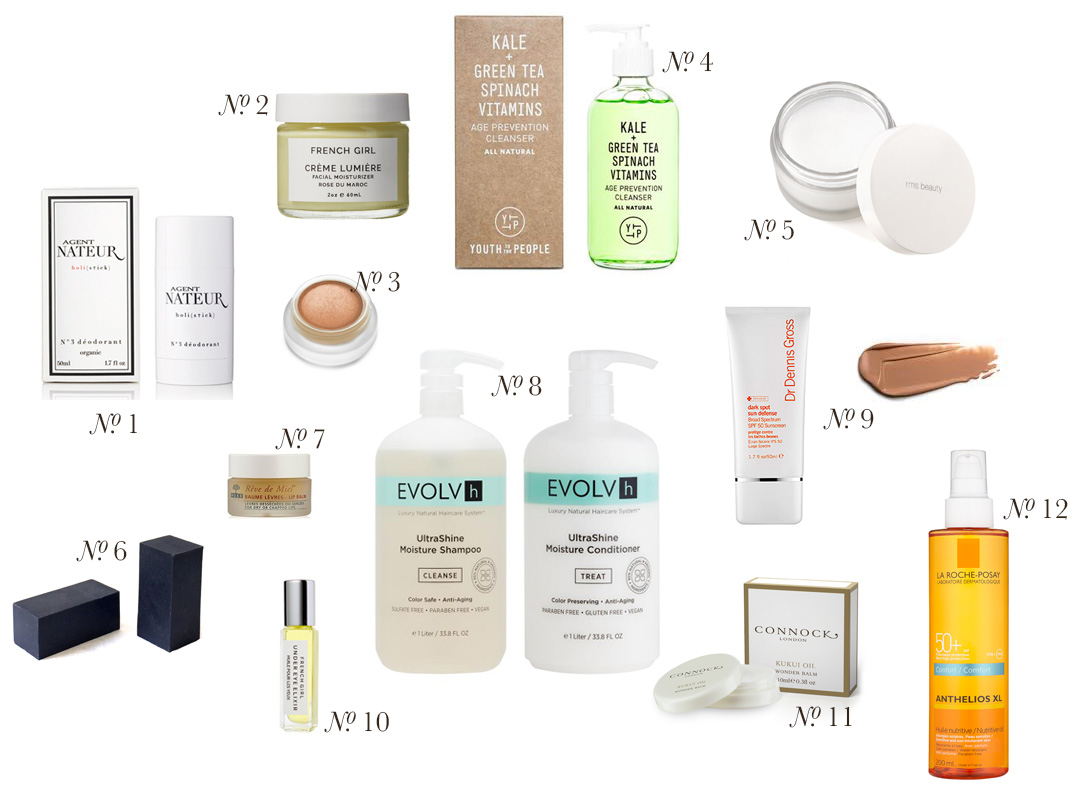Many of us are under the impression that salt is unhealthy, when in fact, not all types of sals are equal. While processed table salt may not be a healthy option, Himalayan pink salt, however, contains over 84 trace minerals and elements that make it very nourishing for the body and has many health benefits: detoxifying, boosting energy, improving digestion and promoting healthy hair, skin, and nails.
You can use pink salt in any dish you would use regular salt in, or a host of other ways. To get a boost of caffeine-free energy, you can add a pinch of pink salt to your morning lemon water or smoothie each day. To experience the full benefits of Himalayan pink salt, you can also make salt water sole (pronounced so-lay), which is essentially water that has been fully saturated with natural salt to the point where it won’t absorb anymore. This is the form of the salt that is easiest for the body to absorb.
According to holistic nutritionist Kelly LeVeque, pink salt water also makes a great sports drink:
When we sweat and workout we lose minerals (or electrolytes), and sole is a great way to add them back in the body with water. Himalayan Pink Salt is packed with over 84 trace minerals and elements, as opposed to table salt that is 97.5% sodium chloride. Excess sodium increases your risk of hypertension, osteoporosis, and kidney disease, whereas the diversity of elements in Himalayan pink salt is shown to create an electrolyte balance within your body, strengthen bones, lower blood pressure, and improve circulation. It also helps to protect the delicate balance of minerals in your cells, avoid excess water retention, and prevent premature aging. Every cell needs a balance of potassium and sodium.
Read the rest of this article & find the recipe for making your own pink salt water at Lauren Conrad.
A Few of our Current Favourite Clean Beauty Products
And while we’re on the topic of detoxifying, we recently read an article at goop about the safety of beauty products and discovered that 80% of the chemicals in personal care products in the United States have never been tested for safety. While the E.U. has banned or regulated more than 1,300 ingredients in personal care products, the U.S. has only banned 11. For this reason, it is exceptionally important for those living in the latter to read the labels of all beauty products for they may contain chemicals that are either known to be harmful, or whose long-term effects on health are completely unknown. Here are a few of our current favourite safer beauty products …
Read the rest of this article at goop
№ 01 – Agent Nateur Deodorant / № 02 – Crème Lumière – Rose du Maroc / № 03 – RMS Beauty Master Mixer / № 04 – Kale + Spinach + Green Tea Age Prevention Cleanser / № 05 – RMS Beauty – Raw Coconut Cream / № 06 – / № 07 –NUXE Rêve de Miel Ultra-Nourishing Lip Balm / № 08 –EVOLVh UltraShine Moisture Hair Shampoo + EVOLVh UltraShine Moisture Hair Conditioner / № 09 – Dr. Dennis Gross Skincare Dark Spot Sun Defense Broad Spectrum SPF 50 / № 10 – Shaman Black Charcoal Soap / № 11 – Kukui Oil Wonder Balm / № 12 – La Roche-Posay Anthelios XL Comfort Nutritive Oil SPF50



